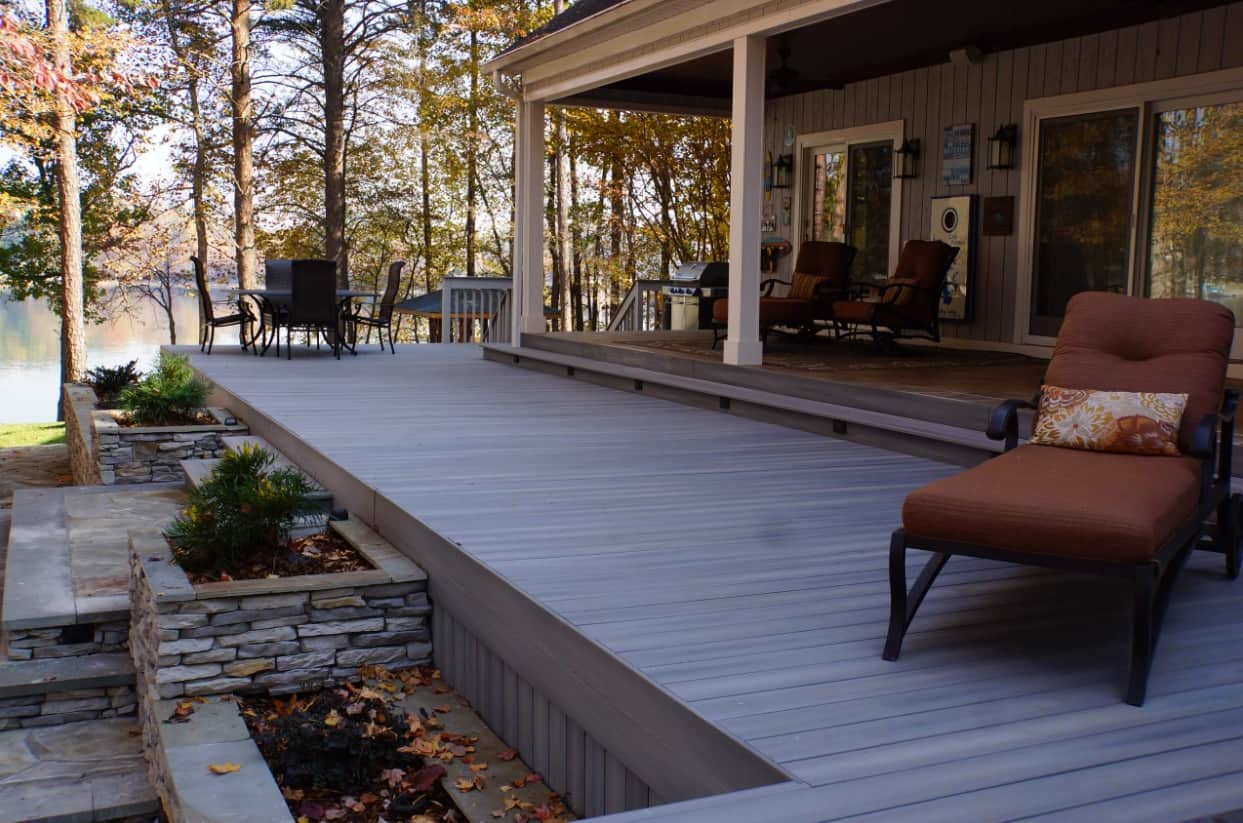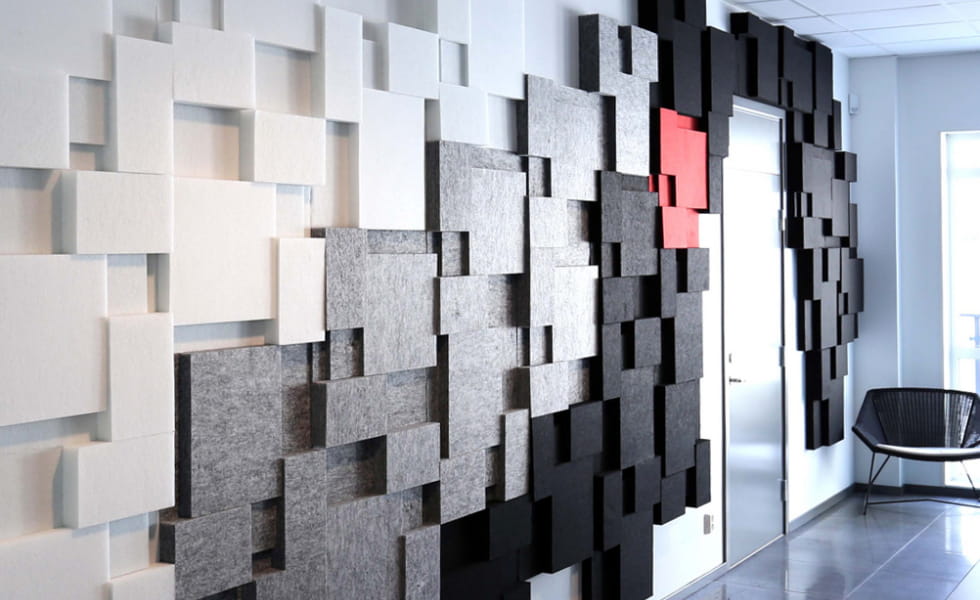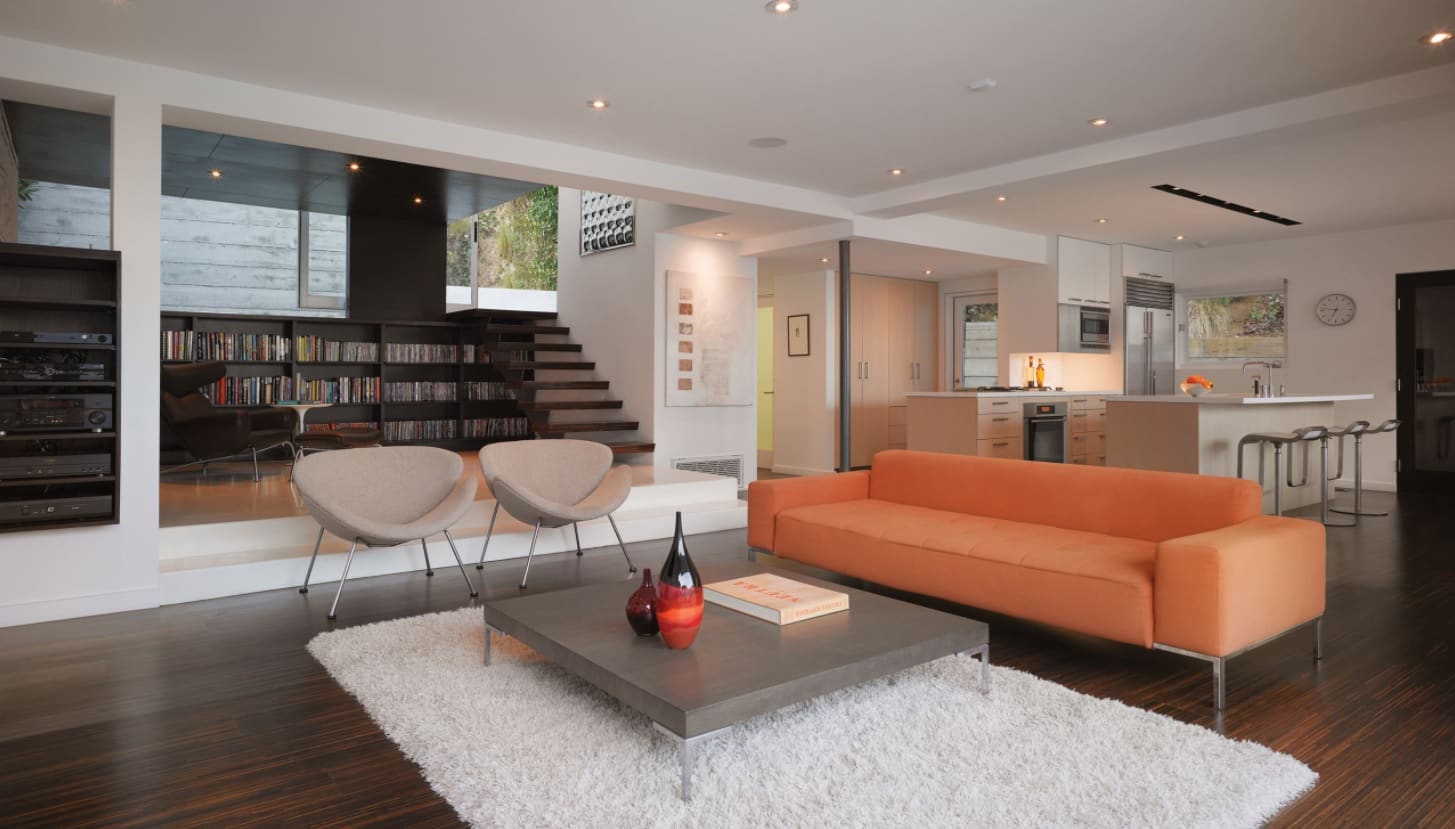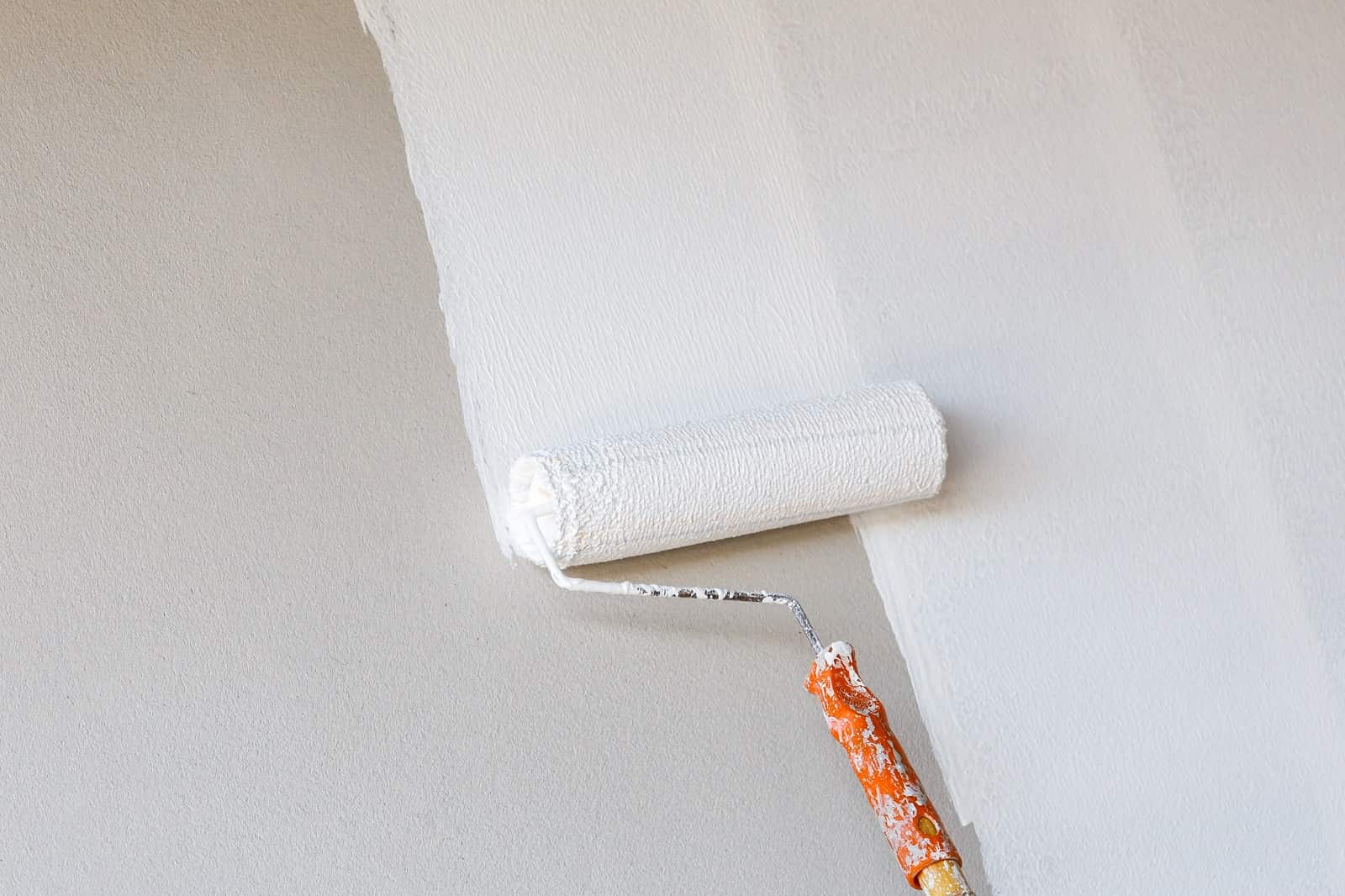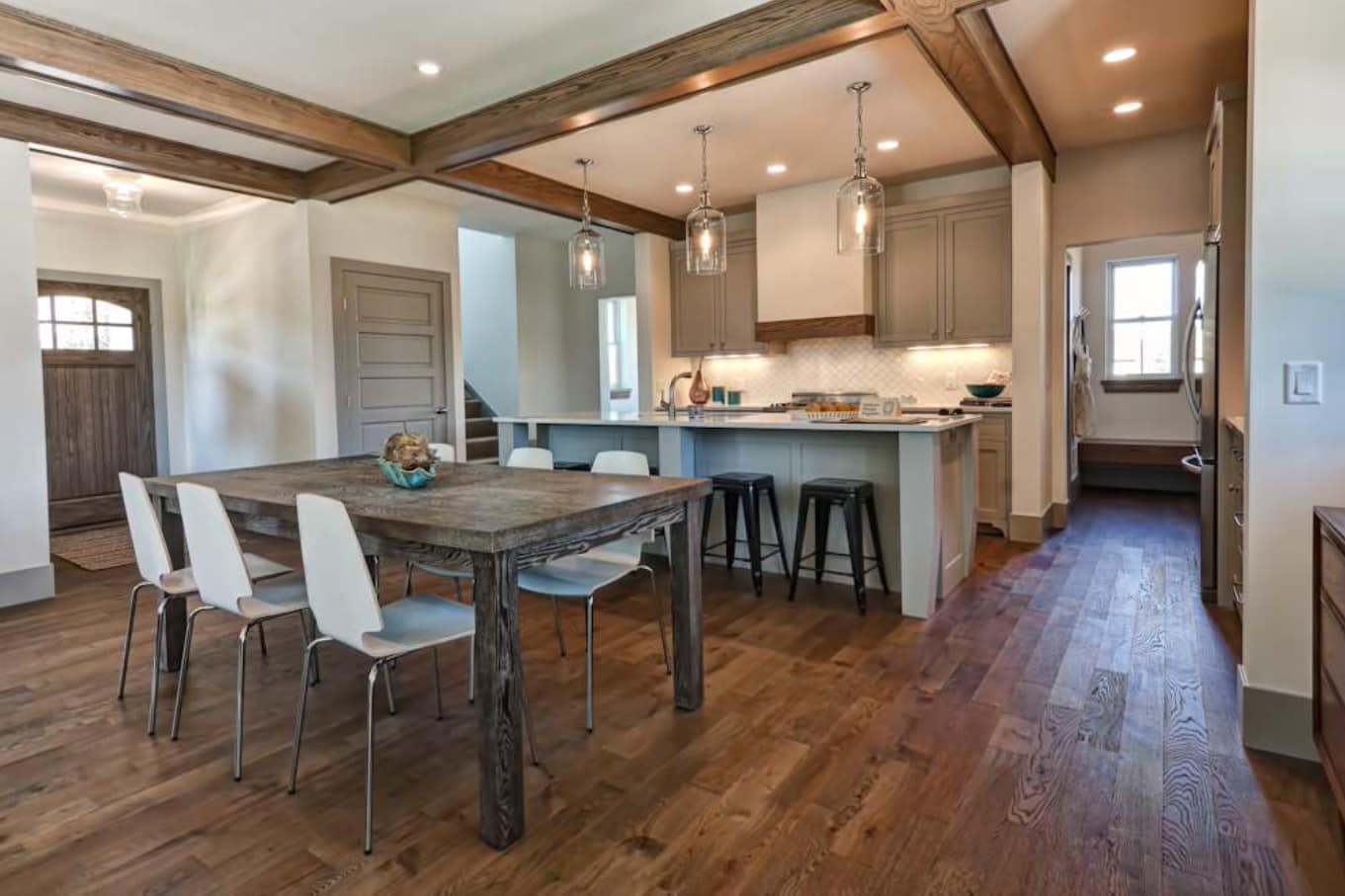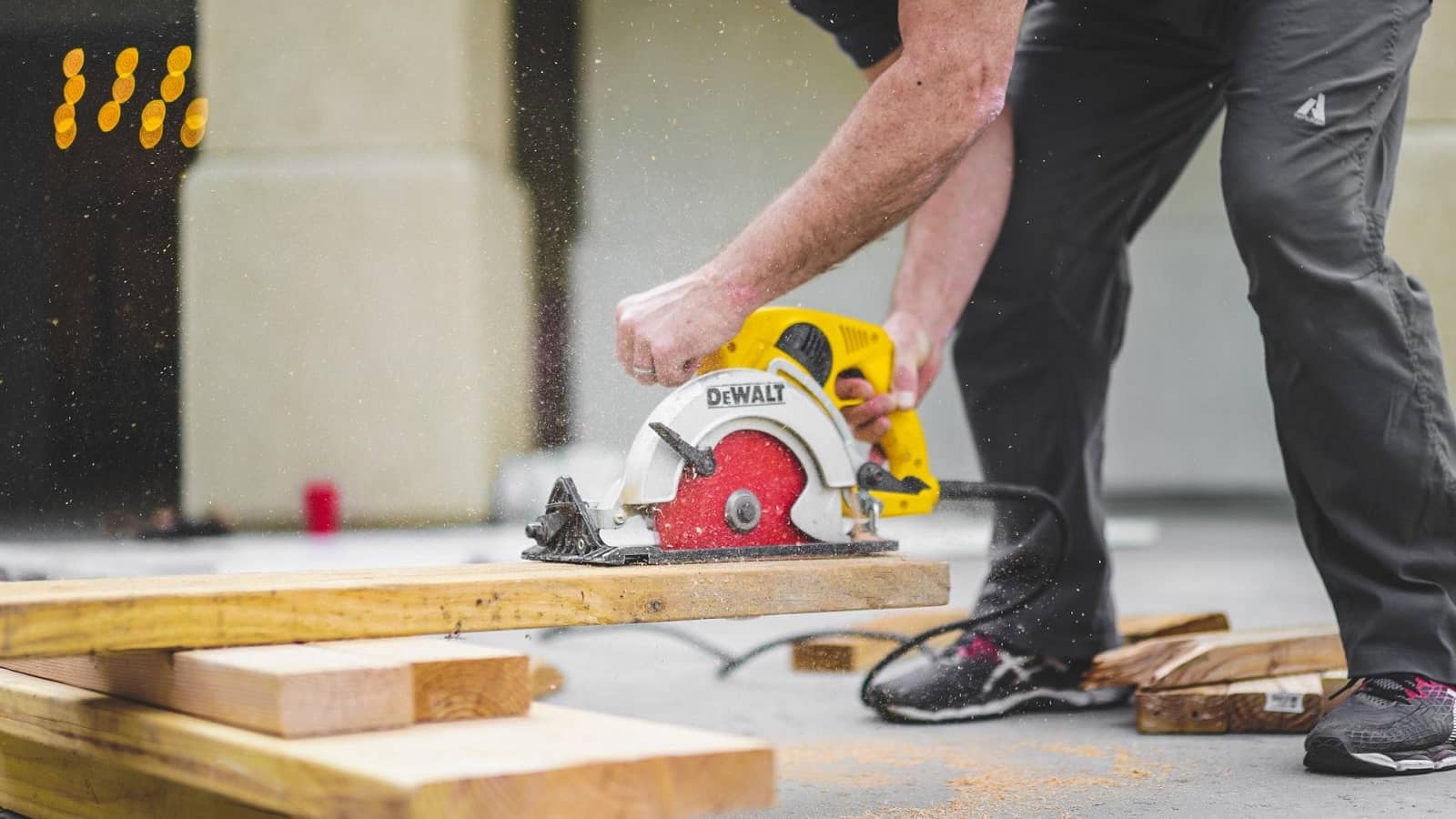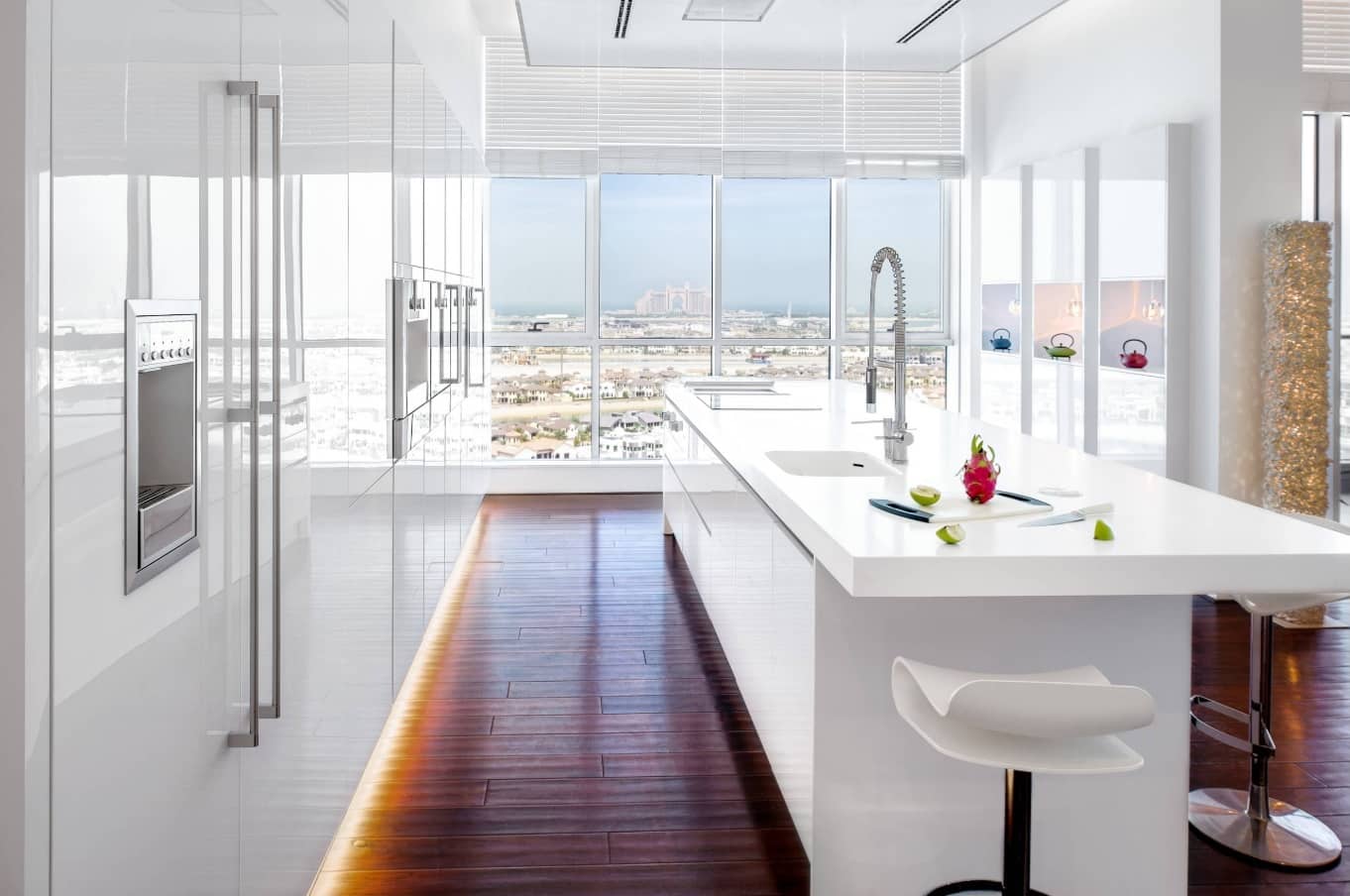Choosing a deck paint is different from buying exterior paint and rolling it on. According to Jantz Lumber and Do-It Center paint advisors, the first thing to consider while buying a deck paint is to know whether the paint is specifically made for the horizontal surfaces or not.
Jantz, a paint advisor, stated that numerous exterior paints may withstand the environmental elements only if they are applied to vertical surfaces. For horizontal surfaces, the paint must be specifically made to serve the purpose. Paint designed for horizontal surfaces means that the paint can be used for decks.
Other considerations while choosing a deck paint include the type of wood used, the pre-paint process, and the aesthetic desired by the customer.
Also, water based stain is much better if you need deck paint with fast drying time.
Base
Deck paint has only two types, either it is water-based or oil-based. Each type has its positives and negatives. Water-based paints are in popular demand nowadays, there was a time when oil-based paints were ruling the market, but, with the development in the opinions, water-based paints are considered more durable and easy to work with.
Oil-based deck paints have been in the market for paints for past decades, they are widely accepted and were known as the best option for deck paints. They’re still functioning in the market because they are cheaper and more durable but because of the aesthetic factor, they have been pushed aside.
Qualities
- Durable
- If the condition of the wood is good and paint quality is not compromised, then it can last up to 5 to 10 years
- Protection from moisture.
- Variety of colors to choose from
- Volatile Organic Compound is high which creates fumes and can result in health issues and allergies.
- A solvent is required to clean the tools used
- Takes long hours to dry.
Water-based deck paints, acrylic paints, and latex paints are the most commonly used types of water paints and are categorized as good as oil-based paints by numerous paint experts. These paints are available in several different colors and ingredients which play a key role in protecting the exterior of the woods. Come a long way in recent years and is considered just as good as oil-based paints by many experts. Today, these paints are available in a host of colors and optional ingredients that help protect exterior wood. A water-based deck paint qualifies:
- low Volatile organic compound
- Can last up to 8 years if the quality of wood and paint is not compromised
- Gives an extra layer of protection
- less cracking and peeling
- Easily Clean up and maintenance
- Can be dried quickly and ready for recoat in 4 hours max.
- Wide range of the color book is available
VOC Content
The global market is evolving and therefore it is boycotting all the products which are toxic and harmful to the environment. Paint manufacturers spend hours coming up with a formula that is lower in Volatile organic chemicals (VOCs) so that their products get a USP in the market.
VOCs are toxic gasses that emit from toxic products causing health issues.
Deck paint that has low VOC content which has low VOC content is named “LOW-VOC” and “Zero-VOC”.
- Low-VOC: Low-VOC labeled paints are supposed to contain less than 50 grams per liter (g/L) of VOCs if the paint finish is flat, and it shouldn’t exceed 110 g/L if the paint finish is glossy sheen or semi-glossy.
- Zero-VOC: As the name suggests “NO-VOC” must not carry VOC and if it does then it should be minimal. Deck paint labeled as Zero-VOC deck may still have minimal amounts of VOCs, but not exceeding more than 5 g/L. People who have health issues and are allergic to the emitted fumes are most likely to prefer Zero-VOC paints.
Wood Type
Wood types such as redwood cedar are naturally resistant to moisture, rot, damage, and insect infestations, but they’re considered highly expensive. Consequently, most exterior decks are constructed using treated lumber. This is either yellow pine or Douglas. Experts recommend waiting at least 6 months before painting a newly treated lumber, all the chemicals will evaporate. If you paint the deck without waiting, the paint will not adhere which will result in peeling and cracking.
Durability
The deck paint you are going to use must be labeled as exterior paint to ensure that it is suitable for outdoor use. You’re not supposed to use interior paints on your deck because they lack adequate qualities such as fade-resistant quality.
High-quality paints will return you the value of your money. They contain long-lasting pigments and better binding agents such as titanium dioxide that make it less likely for the color to peel off or fade.
High-quality paints are denser than low-quality paints which means that a gallon of high-quality paint will cover less area square feet. Besides, these paints are durable.
What to Сonsider?
- 100 % acrylic: Acrylic paints will contain binders making them flexible and less likely to peel.
- Drying oils: If you’re planning to use oil-based paints then you need to use quick-drying oils e.g. linseed oils etc. this will give the paint a hard finishing.
- UV Protection: Both types of paints will have a longer life if they contain UV blockers to block damaging UV rays.
No Fading Сolors
Even though it is claimed by the manufacturers that their paints are fade-resistant, still deep tones (water-based, or oil-based) tend to fade more quickly than light tones. The reason is that dark tones require pigments for definition and to bring out the color. Therefore, adding pigment can result in the dilution of the main ingredient.
Touch up
Deck paint comes in various textures and finishes, depending entirely upon the amount of gloss ingredient used in the manufacturing.
- Flat: Flat finish deck paint does not give any sheen, it works excellently for hiding flaws or splits. It must be noted that even though it does fix the flaws, it also attracts more dirt.
- Eggshell: This type of deck paint has a 10 percent of sheen which works as an aesthetic, it gives a soft finish to the deck. Shine helps in hiding flaws but again it attracts dirt and therefore it is suggested to use it for enclosed decks.
- Semi-gloss: Semi-gloss also goes by the name enamel; it provides around 70 percent of sheen with a smooth surface that is easy to clean. Enamel is used for exterior work, doors, and shutters.
- High gloss: 80% of shine and is extremely easy to clean dirt and dust right off. The con attached is that it doesn’t cover flaws so if you are planning to use high gloss you will have to rebuild your deck.
Conclusion
Deck paints can hardly last up to a few years, they require repainting now and then. After you have decided that your deck requires some touch up then it is very important to understand what can go or cannot go on your deck. We have compiled the important aspects for you to consider before painting your deck.

